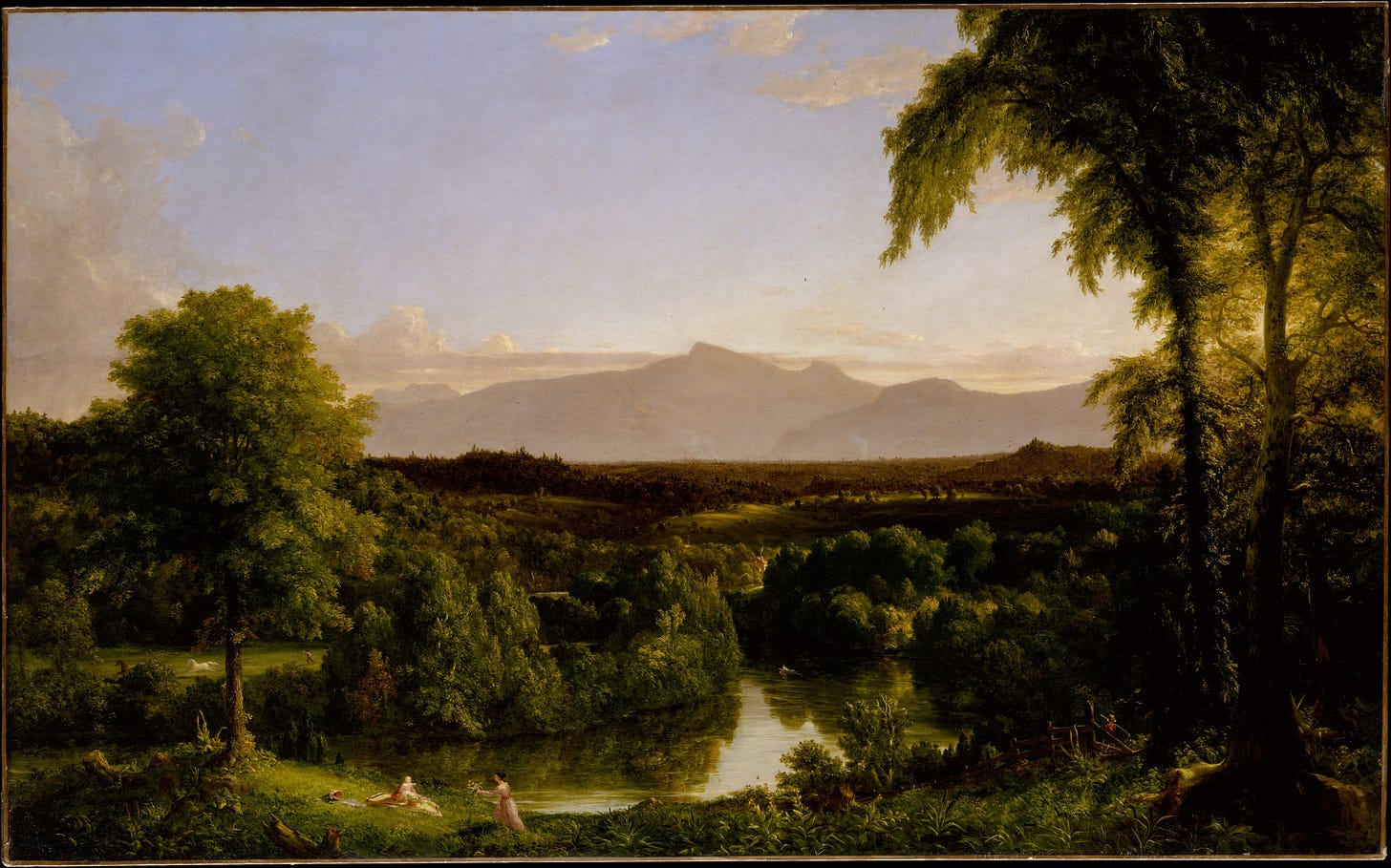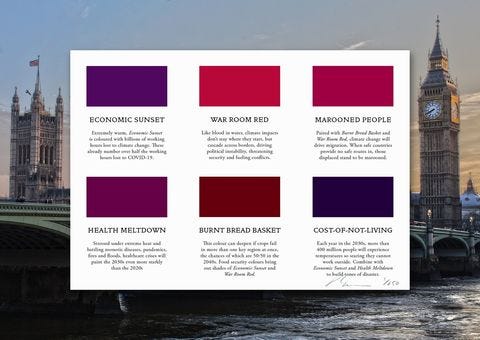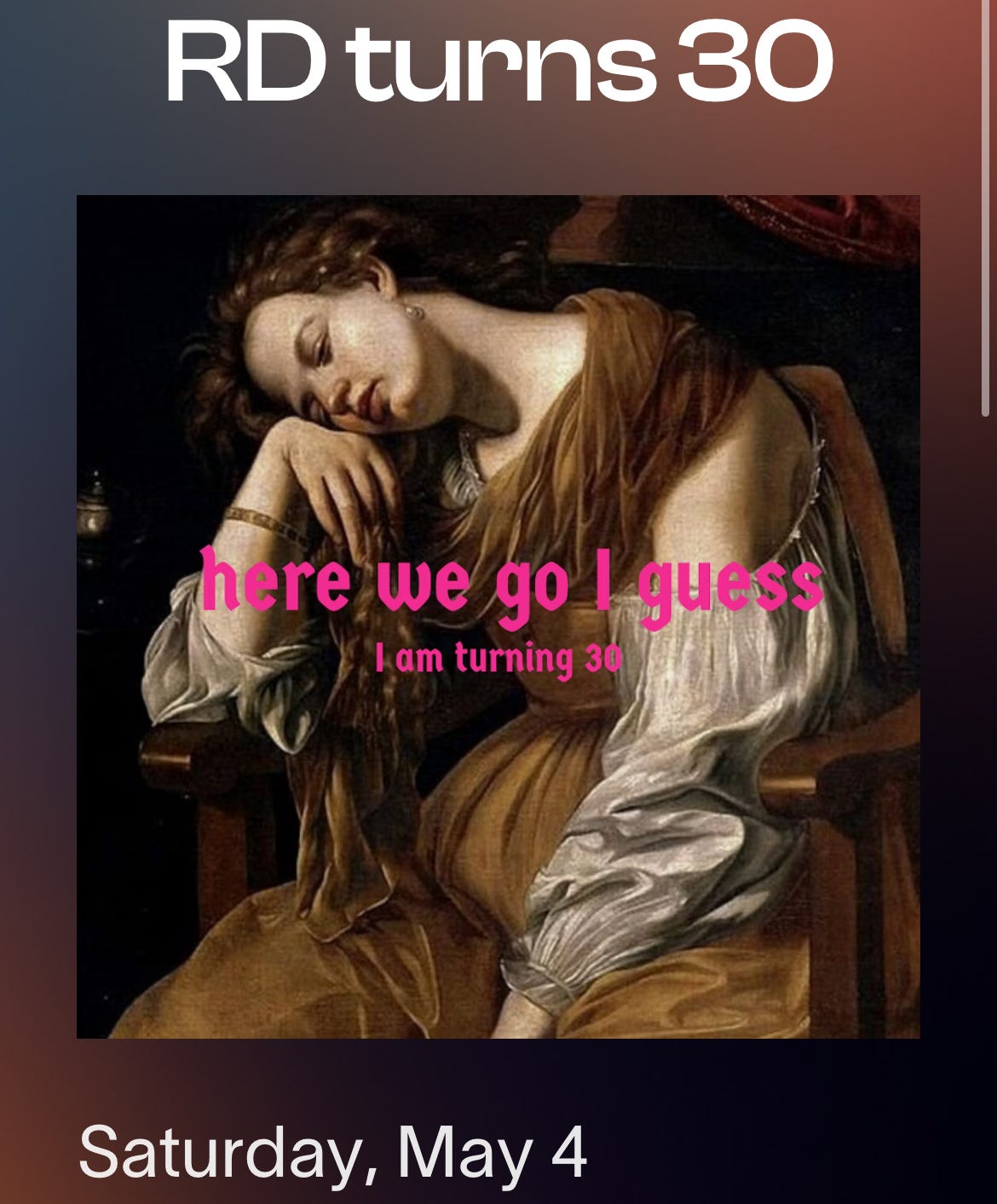Adding the orchestra to your auto-pay
Plus, Artemisia Gentileschi slays as always.
Good morning! Coming into your inbox with a quick dispatch on updates and shifts in the arts and cultural world. Over the weekend, you can expect a longer letter unpacking the complexities of higher education and the role of the university today. See you then.
What if orchestras—and the performing arts—worked more like Netflix? An actually intriguing idea from the New York Times! Classical music critic Joshua Barone unpacks the suggestion. While typical subscriptions allow orchestra-goers to purchase, at a slight discount, a specific number of performances per season, it requires them to choose the same seats for each show and set their dates well ahead of time. What if a membership model—which would give attendees the chance to see whatever they want, whenever they want—could offer more flexibility?
I’m into it, and the model has already worked for the St. Paul Chamber Orchestra in Minnesota, the Cleveland Orchestra, and the Arkansas Symphony. While some larger ensembles fear that memberships will lead to a decline in higher-priced subscriptions and sales of more expensive tickets, Barone’s reporting shows that memberships offer “more growth than risk.”
A few changes up top in the arts world. Lear deBessonet, who currently oversees New York City Center’s Encores! program—which programs musical revivals—will succeed André Bishop as the artistic director of Lincoln Center Theatre after his more than 30-year tenure ends next year. She’ll oversee the theater’s overall operations and select the plays and musicals in its programming. The Museum of Modern Art is also having a three-decades-coming change, with Glenn D. Lowry stepping down from his role as director next year; the museum’s board will start a search for his replacement. “I didn’t want to be the person who stayed too long,” he told the New York Times. The New York City Opera—also known as “the people’s opera,” which is known for its free outdoor performances like “Puccini in the Park”—has appointed Constantine Orbelian as its artistic director and music director; he has served as music director and principal conductor of the org since 2021. Outside of New York, Xian Zhang will move from the New Jersey Symphony to become the Seattle Symphony’s first female music director in its 121 years, and Andria Derstine will move from the Allen Memorial Art Museum (AMAM) at Oberlin College to become deputy director and chief curator at the Cleveland Museum of Art.
And, some museum news: the Brooklyn Museum is celebrating 200 years with the first rebrand in its history (and now I really want a branded Nalgene and hoodie). Omaha's Joslyn Art Museum reopened this week after a two-year, $100 million expansion with more than 100 recent acquisitions and a rehang of its more than 12,000-piece collection, which emphasizes its collection of Native American art; a $400,000 grant from the Mellon Foundation, awarded in 2018, allowed the museum to hire Annika K. Johnson as its first curator of Native American art. And the Art Institute of Chicago received $75 million—the largest individual naming gift in its history—from couple Aaron I. Fleischman and Lin Lougheed to support the display of its modern and contemporary art collection, of which just 16 percent is on view. It would be great, as one X user notes, if the museum also used that funding to expand its hours from its mostly 11am-5pm schedule so more people can actually visit it; the museum is only open until 8pm one day a week, on Thursdays.
Can art help stop climate change? That’s what British artist Freddie Yauner hopes. Earlier this summer, he sent each member of Parliament a limited-edition print of his piece What colour is disaster?, which is inspired by Professor Ed Hawkins’s climate stripes, which chart rising temperatures since the 19th century. “I believe that art can carry important and urgent ideas and start new conversations,” Yauner wrote. “In building this project, I have had conversations with lobbyists, civil servants, and parliamentary staff—and they all agree that MPs already have an understanding of the issues but often need to be given the courage to act on it. I hope by living with this beautiful and challenging artwork it can be a vital lever for change.”
New town troubadour just dropped. Detroit has named its first composer laureate. Patrick Prouty says he “want[s] to tell Detroit stories through music” and create new opportunities for young people pursuing their passions in music.
A good painting, now on view. Artemisia Gentileschi—who you may know for her portrayal of Judith beheading Holofernes—painted a portrait of Mary Magdalene in 1625, and it will go on display at Fort Worth’s Kimbell Art Museum for the first time in its 400-year history. Penitent Mary Magdalene is a striking painting that shows its subject in a moment of quiet contemplation and seeming remorse.
It is also, importantly, the painting that I used to advertise my 30th birthday party. ▲





